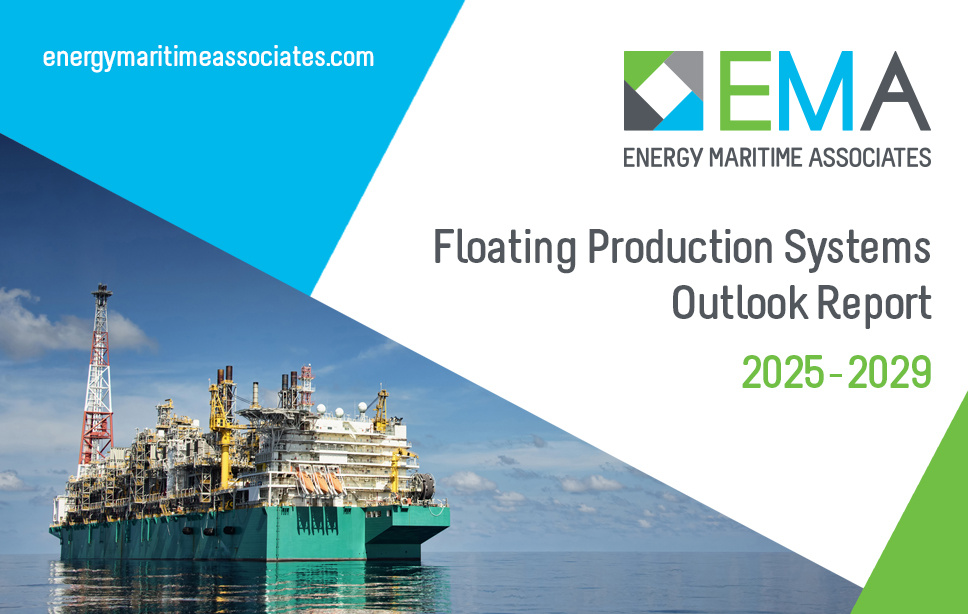3 min read
How to wake sleeping giants – reactivating the offshore fleet
![]() Archer Knight
:
August 20, 2020
Archer Knight
:
August 20, 2020
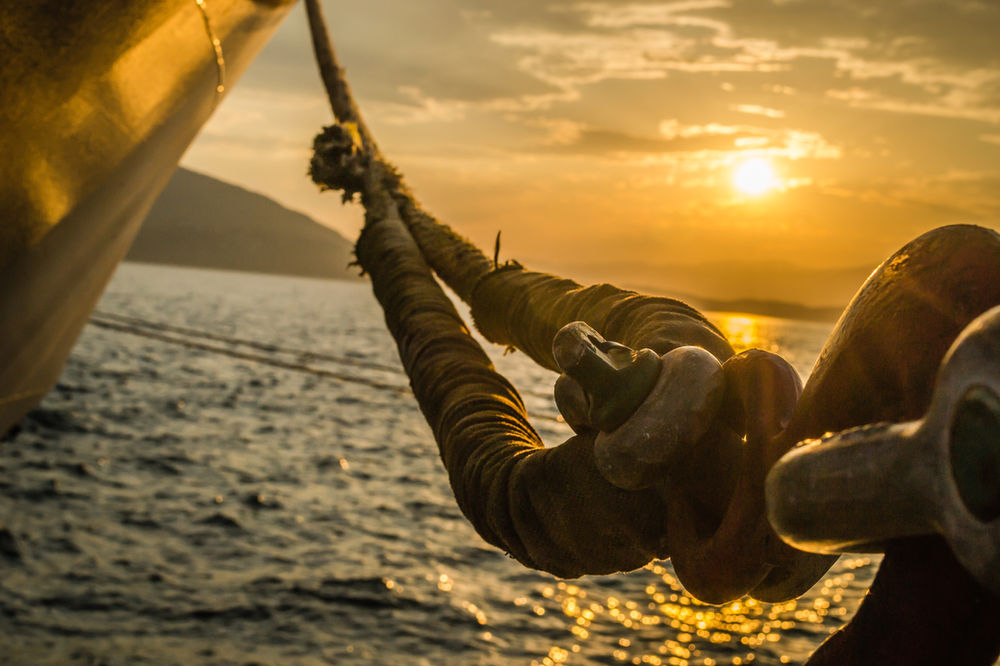
Andrew Threlfall on the backlog of unused vessels in Asia and beyond – and how businesses can manage the problem.
It’s time to talk about laid-up vessels again
Oversupply of offshore vessels is a perennial challenge for the oil & gas industry. We’ve seen many periods over the last few decades when oversupply has led owners to lay up excess tonnage – effectively removing it from the available supply side.
It’s no surprise then that in the current climate of low oil prices and subsequently reduced project capex that the issue has raised its head again. Even at the start of the year, more than a third of offshore vessels were already laid up. Six months on, with the world still reeling from the pandemic, this proportion is likely to have increased.
It’s particularly noticeable here in Southeast Asia, the region I have lived and worked in for 14 years, and I’ve already seen the evidence of the knock-on effect for the supply chain as I speak to contractors and operators in countries from across the region. It’s clear new ways of thinking are required to tackle it.
A well-known problem
Offshore oil & gas has historically been a cyclical industry and we are well accustomed to the peaks and troughs. Vessel demand tends to run ahead of the upside when owners and speculators place newbuild vessel orders. Demand then drops away, leaving a vessel glut with cancellations and lay ups inevitable.
As we speak, there are newly built offshore vessels and drilling rigs laid up in shipyards around Southeast Asia after buyers have defaulted. The shipyards offered very low deposits and bank or shipyard build financing was easy to obtain. As market demand dropped away, buyers decided it was cheaper to lose the deposit than pay and take delivery of the vessel with no contract. Add to this the existing tonnage that owners have elected to lay up due to no available work.
For many of these laid-up vessels, a return to the supply side is highly unlikely. Although cutting edge at the time of build, most of the laid-up vessels now have outdated technology, which is either no longer supported or redundant in the offshore marketplace. Refits are costly, so many vessels which have never been used may be destined for scrappage.
New ways of tackling the challenge
The problem of laid-up vehicles is nothing new, but in 2020 there are added complications; banks are much more reluctant to fund offshore-vessel-related projects (having in many cases taken ownership of delivered vessels where owners have defaulted or folded), and while there are already signs of demand increasing as the world moves out of lockdown, to what degree is a question for debate.
There are two important ways where the industry can move forward:
Forward planning
Despite the vessels laying up in shipyards, I’ve already spoken to contractors out here in Singapore who need modern, high-specification vessels to fulfil projects in 2021 and beyond but are finding limited availability in the operational market. The possibility of reactivation from layup (assuming the vessel was correctly laid up), is both expensive and time consuming. Owners may only consider doing this against long duration charters.
Vessel operators and charterers need to come together and jointly plan vessel demand, sharing costs and developing a win-win scenario. There is some early evidence that this is happening but there remains much scope to improve.
Diversify
The other option is one which is being embraced by more forward-looking vessel operators across the world. Diversification into parallel markets – in particular servicing offshore renewable projects. Often the demand here is for modern, high-specification vessels which can service the installation and operational phases of a renewable project.
I have seen operators who would typically have chartered tonnage into an offshore oil & gas project now seeing the majority of their revenue coming from support of renewable projects. In certain cases, owners are committing to design and build of customised vessels offering bespoke solutions against multiple-year charter commitments.
Our market intelligence can help
At Archer Knight, we offer granular market intelligence which can help operators, service providers and companies in the subsea supply chain to deliver on their ‘last mile’, allowing them to pinpoint the most profitable business opportunities.
Our research is powered by Flowline, a digital platform which provides high-quality real-time data, in user-friendly format, that’s accessible to everyone across your business.
Our analysis is founded on primary engagement with a 50,000-strong global network across the oil & gas and renewables industries, combined with our automated algorithms collating millions of subsea-related data points from open-source web activity. We can give companies analysis from the ground floor and give them a roadmap from market trend to market share.
Andrew Threlfall is Archer Knight’s general manager for the Asia region. Contact him for help at ath@archerknight.com
For more information about Flowline click here or to book a demonstration contact us at flowline@archerknight.com
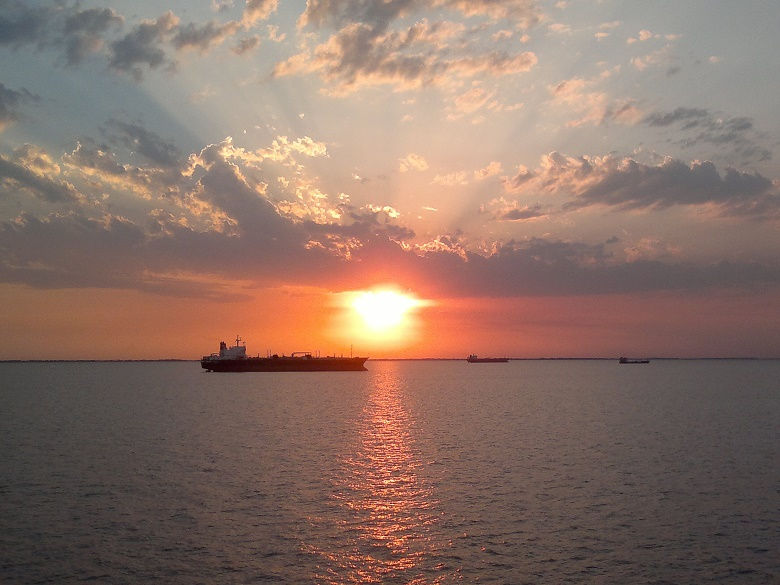
1 min read
4 ways to more powerful market intelligence: Part 4
Change happens fast in upstream oil & gas. Ross Macdonald looks at the four core areas we focus on to make sense of the volatility and...
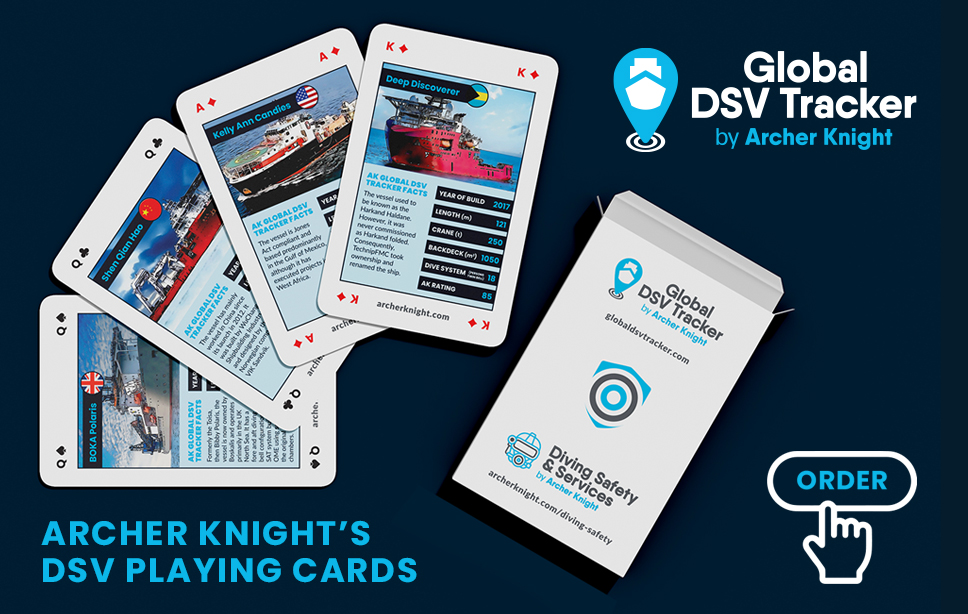
2 min read
Global DSV Tracker Playing Cards, featuring 54 of the most prominent DSV’s worldwide
Dive Deep into the World of Saturation Diving with Archer Knight's DSV Playing Cards If you've ever found yourself fascinated by the mysteries...
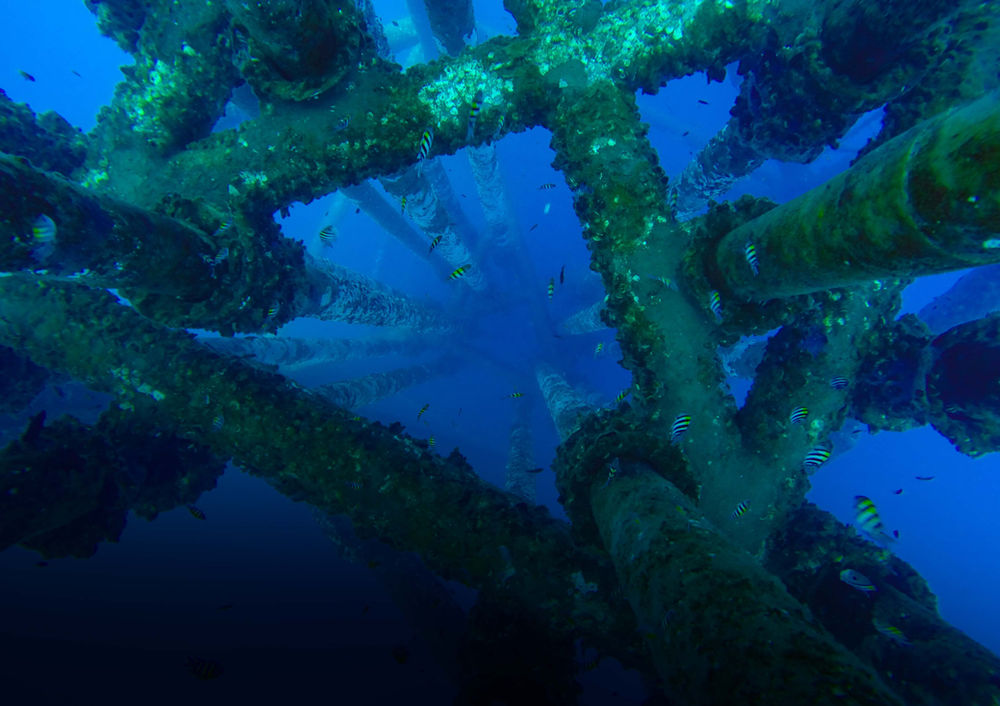
2 min read
4 ways to more powerful market intelligence: Part 3
Change happens fast in upstream oil & gas. Ross Macdonald looks at the four core areas we focus on to make sense of the volatility and...



